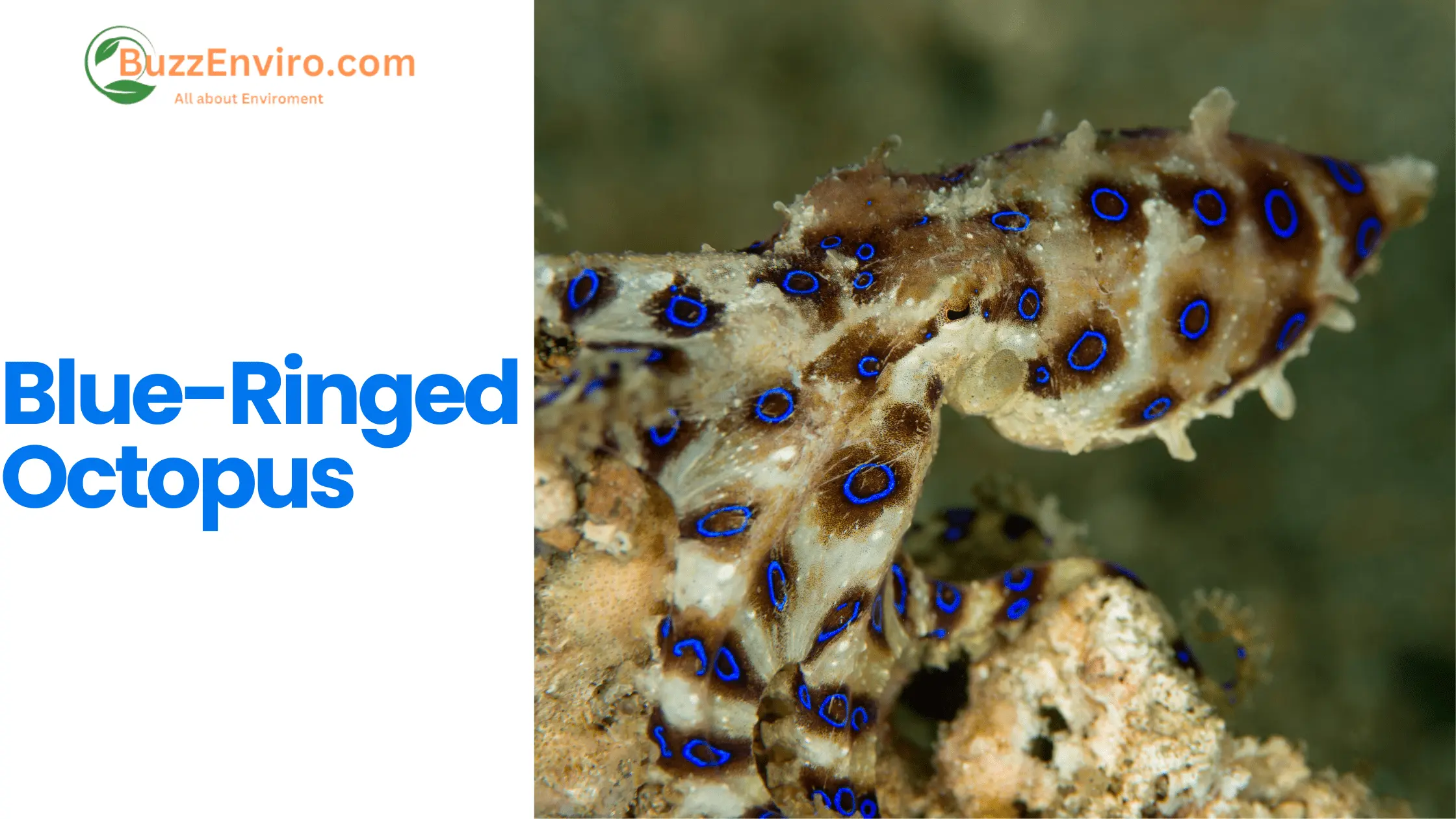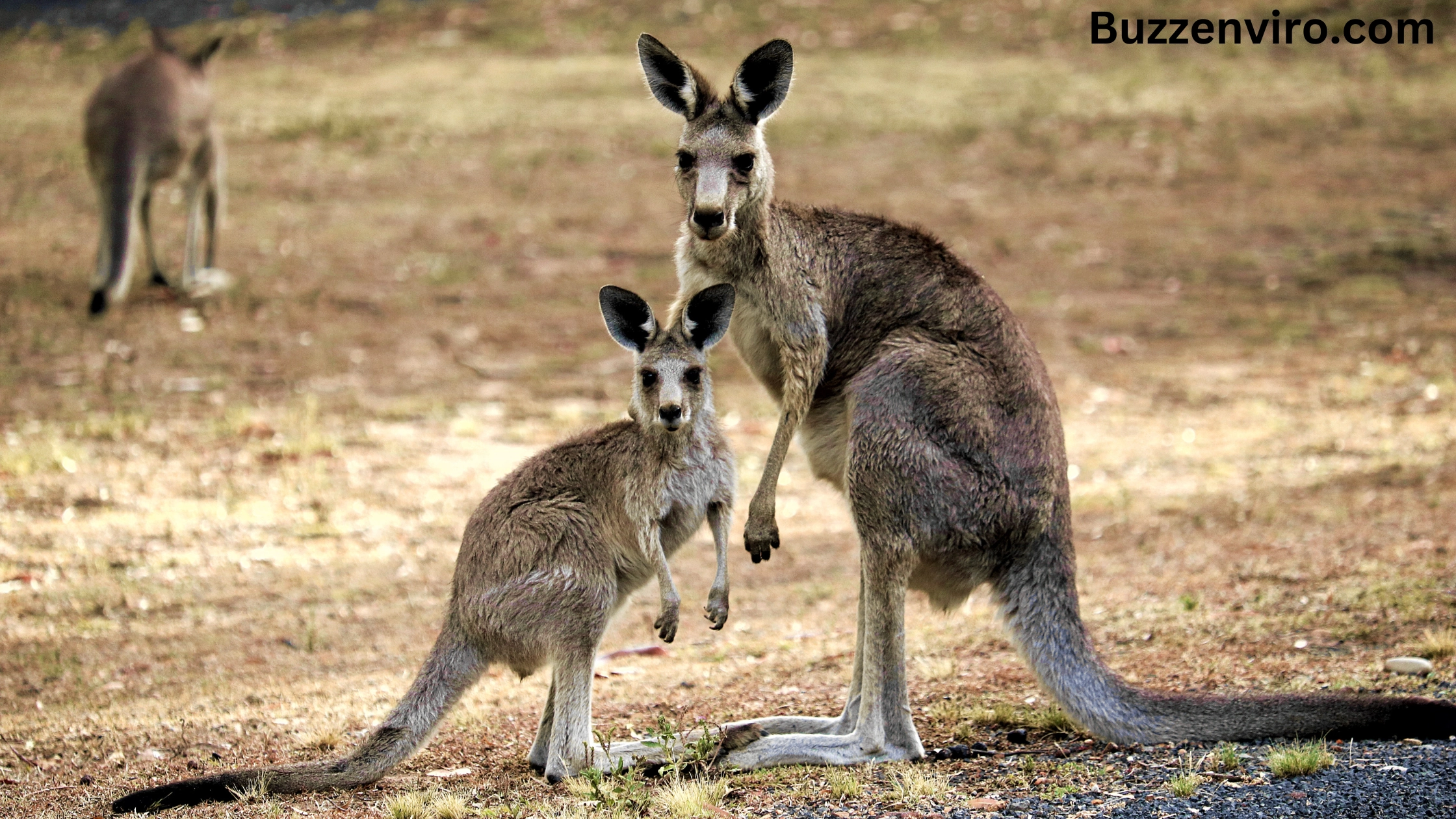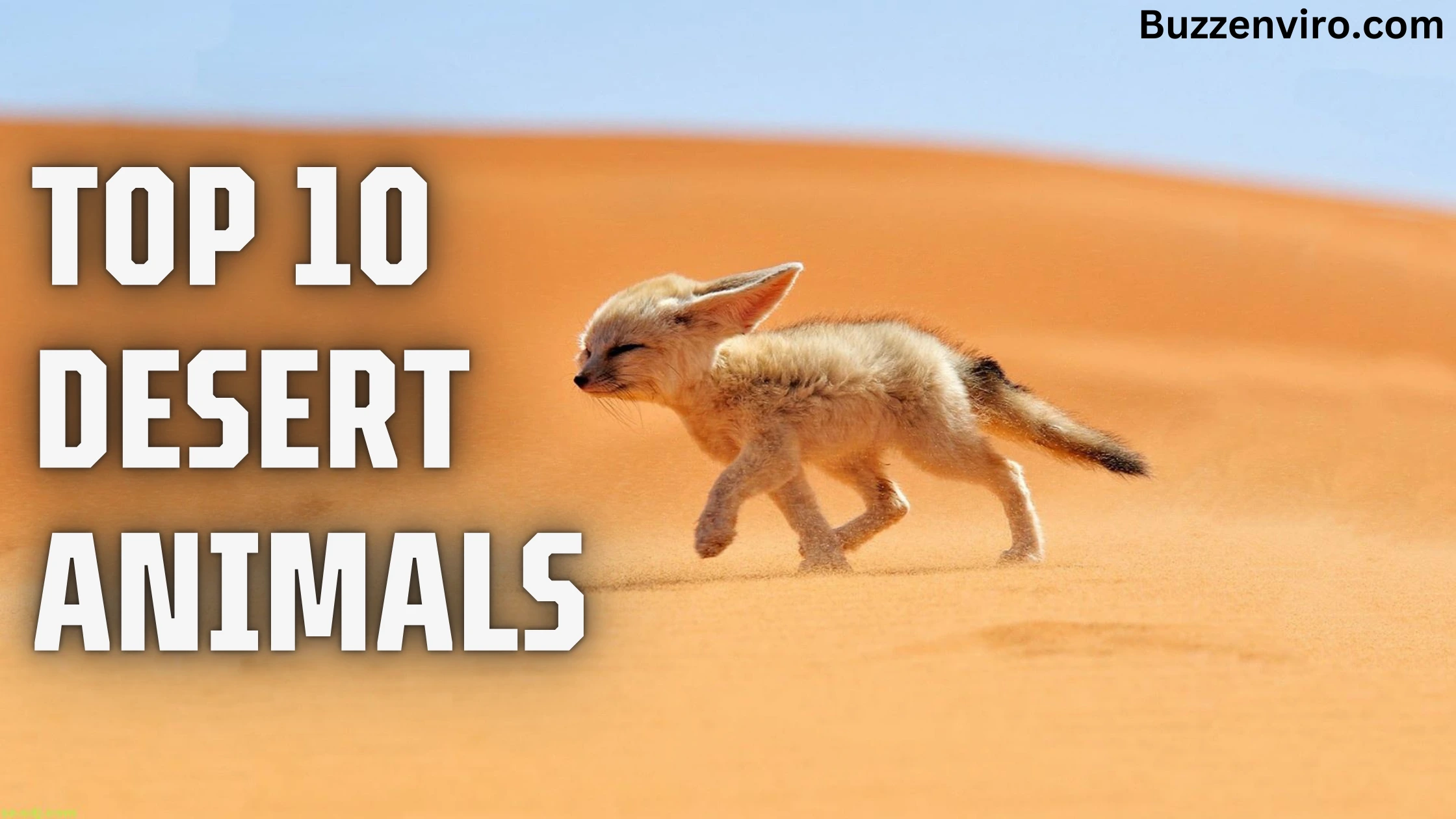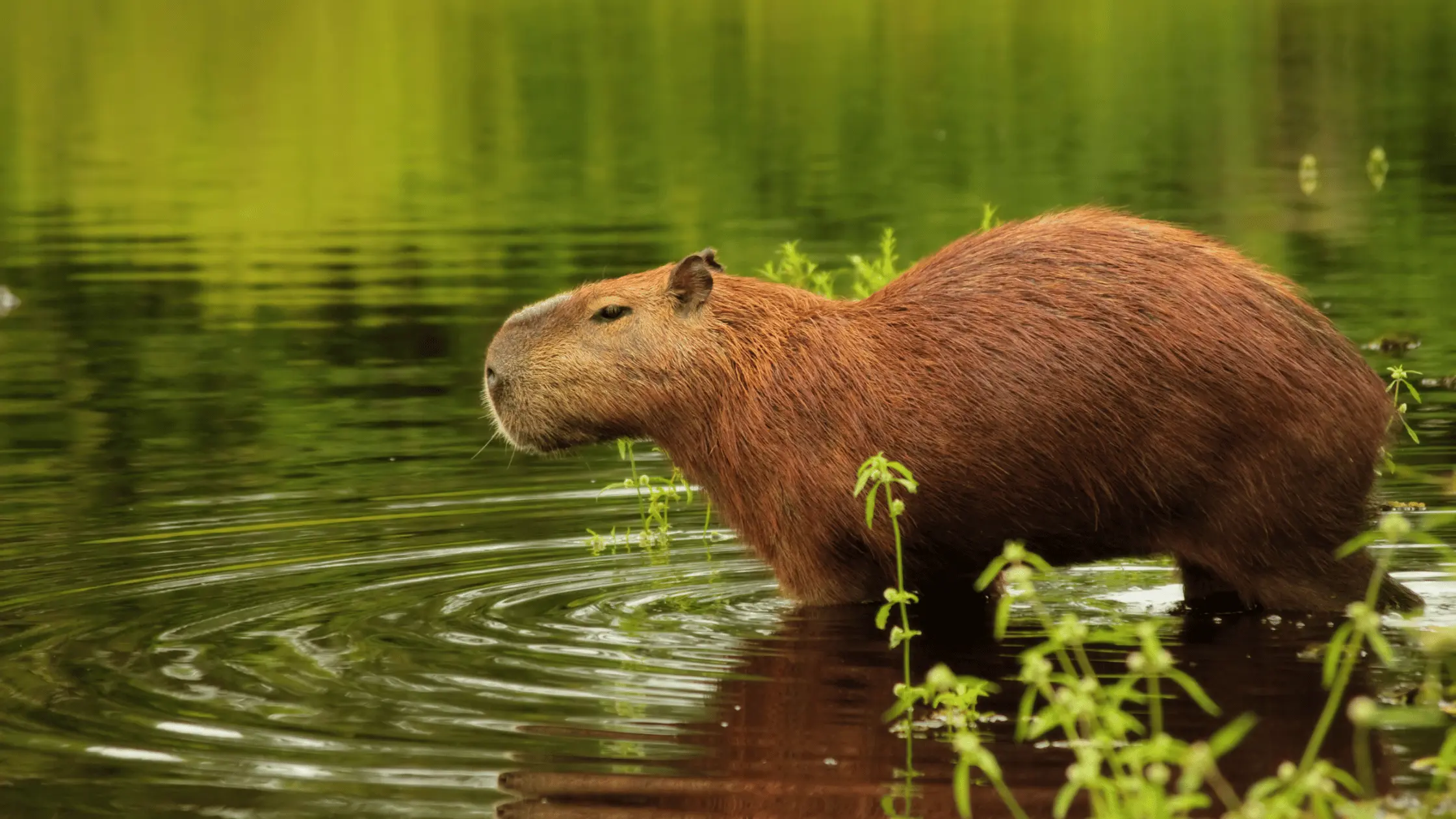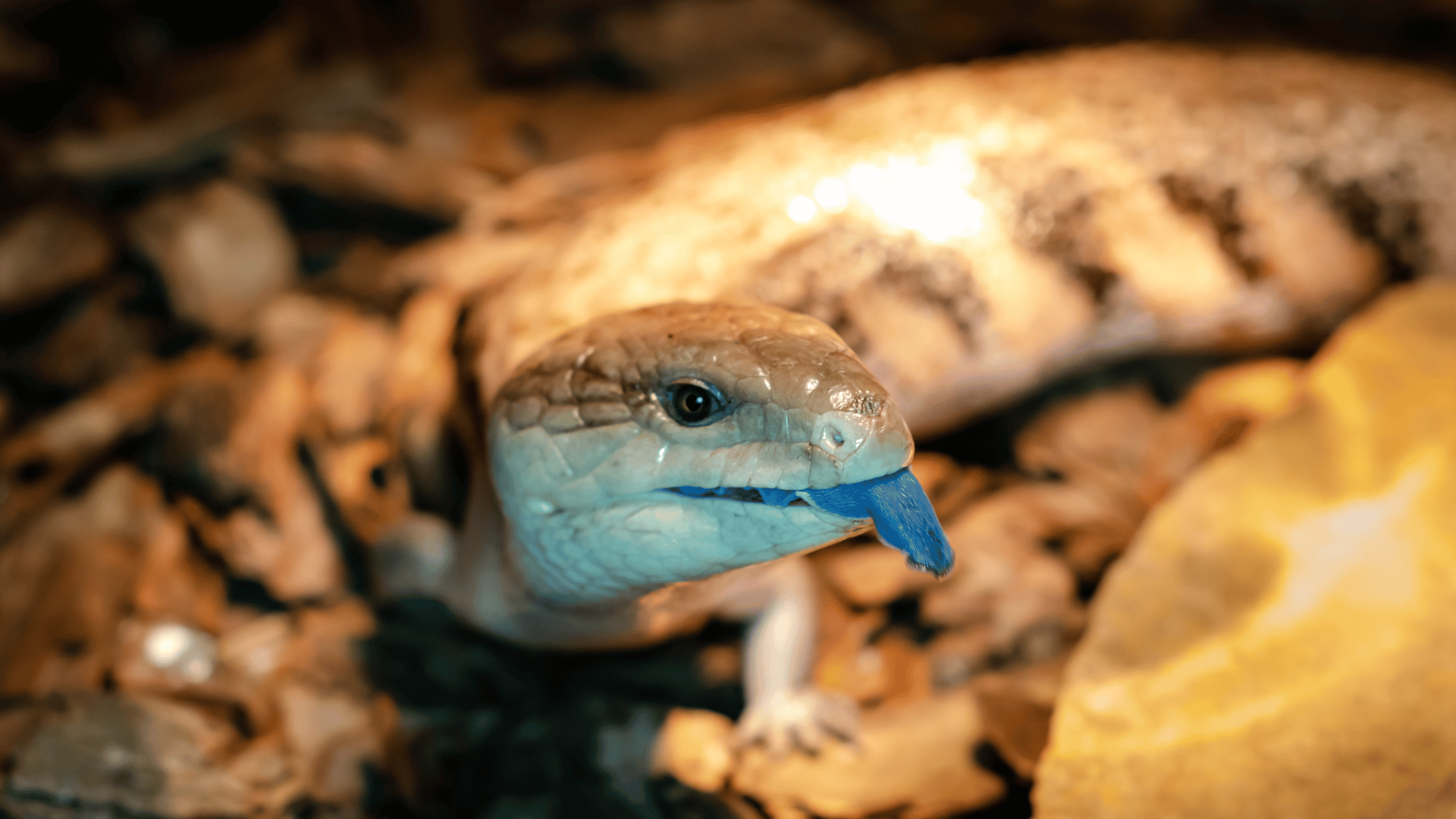Nature is full of amazing creatures, and one of the most fascinating is the Blue-Ringed Octopus. This small octopus is not only beautiful with its bright blue rings but also very dangerous. Found in the Pacific and Indian Oceans, it is known for its powerful venom. Despite its tiny size, it has a big impact. Let’s explore the world of the Blue-Ringed Octopus, a true hidden gem of the sea.
Characteristics of Blue-Ringed Octopus
1. A Visual Marvel
The Blue-Ringed Octopus (genus Hapalochlaena) encompasses several species, all of which showcase an awe-inspiring display of vibrant blue rings on their bodies. These electrifying rings serve as a warning to potential predators, indicating the presence of a potent neurotoxin. The rest of their body, typically a yellowish or light brown hue, provides a perfect backdrop for these mesmerizing patterns.
2. Size and Distribution
Despite their diminutive size, with an average length of 12 to 20 centimeters, Blue-Ringed Octopuses can be found in the coastal waters of the Indo-Pacific region. They inhabit tide pools, coral reefs, and sandy ocean floors, blending seamlessly with their surroundings. These elusive creatures are masters of camouflage, utilizing their color-changing abilities and unique skin texture to hide from predators and prey.
3. Deadly Venom
Beneath the captivating exterior of the Blue-Ringed Octopus lies a potent and potentially lethal venom. Its saliva contains a powerful neurotoxin called tetrodotoxin, produced by bacteria in its salivary glands. This toxin can cause paralysis and respiratory failure in its victims, making the Blue-Ringed Octopus one of the most evil creatures in the world. It is estimated that the venom of a single Blue-Ringed Octopus can be potent enough to kill multiple adult humans.
4. Behaviors and Adaptations
Blue-ringed Octopuses are known for their intriguing behaviors, providing insights into the complex world of cephalopods. They are primarily nocturnal hunters, preying on small crabs, shrimp, and fish. These octopuses use their remarkable intelligence to devise various hunting strategies, employing stealth and surprise to secure their meals. In addition, they possess remarkable problem-solving skills and can learn and remember patterns and mazes.
5. Conservation Concerns
The blue-ringed Octopus faces several threats that pose a risk to its survival. Habitat destruction, pollution, overfishing, and climate change all contribute to the degradation of their coastal ecosystems. These fragile creatures are susceptible to water temperature and quality changes, making them vulnerable to environmental disturbances. Conserving their habitats and raising awareness about the importance of marine ecosystems are crucial steps in safeguarding the future of the Blue-Ringed Octopus.
Types of Blue-Ringed Octopus
While “Blue-ringed Octopus” generally refers to several species within the genus Hapalochlaena, several recognized species fall under this category. Here are the three most well-known species of Blue-Ringed Octopus:
1. Greater Blue-Ringed Octopus (Hapalochlaena lunulata)

The Greater Blue-Ringed Octopus is one of the larger species within the genus, reaching lengths of up to 20 centimeters. It is found in various locations throughout the Indo-Pacific region, including Australia, Indonesia, and the Philippines. This species is known for its vivid blue rings and intricate pattern on its body, which serve as a warning to potential predators. Its venom contains the neurotoxin tetrodotoxin, making it highly dangerous.
2. Southern Blue-Ringed Octopus (Hapalochlaena maculosa)

The Southern Blue-Ringed Octopus is found along the southern coastlines of Australia. It is smaller than the Greater Blue-Ringed Octopus, with an average length of 12 to 15 centimeters. Like other Blue-Ringed Octopus species, it displays bright blue rings on its body as a warning signal. Its venom is equally potent and can be life-threatening to humans.
3. Lesser Blue-Ringed Octopus (Hapalochlaena fasciata)

The Lesser Blue-Ringed Octopus is the smallest species within the Blue-Ringed Octopus genus, with an average size of 10 centimeters. It is predominantly found in Indonesian waters, including the waters surrounding Bali and Lombok. Despite its smaller size, it still possesses highly toxic venom that can cause paralysis and potentially lead to death. Its blue rings are less prominent than other species, and its body coloration varies from yellow to brown.
Are Blue-Ringed Octopuses Endangered?
According to the International Union for Conservation of Nature (IUCN), the Blue-Ringed Octopus is not currently classified as endangered, it is considered as least concern. However, it is essential to note that the conservation status of individual species within the Blue-Ringed Octopus genus may vary, and some specific populations or subspecies might face local threats.
While Blue-Ringed Octopuses are not explicitly listed as endangered, they face various conservation concerns. The primary threats to their populations are habitat destruction and degradation, pollution, overfishing, and climate change impacts on their coastal ecosystems. These octopuses rely on healthy coral reefs, tide pools, and sandy ocean floors for survival and reproductive success. Any disruption or degradation of their habitats can hurt their population numbers.
Furthermore, Blue-Ringed Octopuses have a slow reproductive rate, with females producing a limited number of eggs, which are carefully guarded and cared for until hatching. This reproductive strategy makes them particularly vulnerable to population declines if their habitats are compromised.
Conservation efforts focused on protecting marine ecosystems, reducing pollution, establishing marine protected areas, and promoting sustainable fishing practices can indirectly benefit the Blue-Ringed Octopus populations by safeguarding their habitats and ensuring the health of their prey species.
Have the Question?
Which is the Biggest Octopus in the World?
The world’s largest octopus species is the Giant Pacific Octopus (Enteroctopus dofleini). It is known for its impressive size and can grow much more significantly than other octopus species.
Conclusion
The Blue-Ringed Octopus is a true marvel of the underwater world, captivating us with its dazzling appearance and fascinating behavior. While it possesses a venom that demands respect, it also serves as a reminder of the delicate balance of nature. By appreciating and protecting these incredible creatures, we can contribute to the preservation of our oceans and ensure that future generations can witness the mesmerizing beauty of the Blue-Ringed Octopus firsthand.
